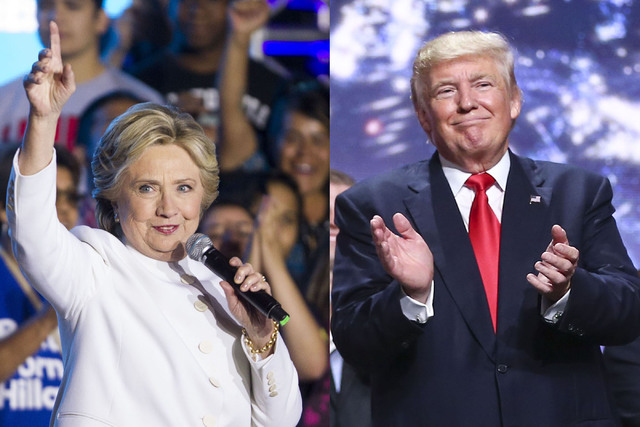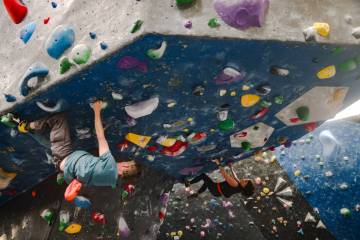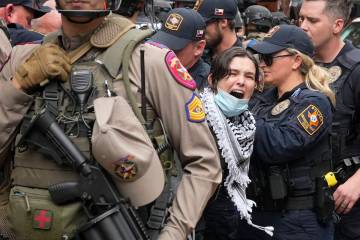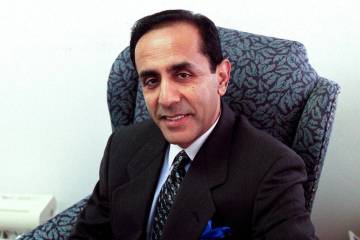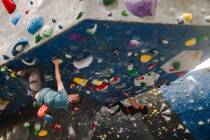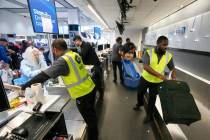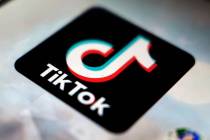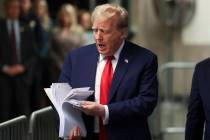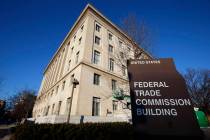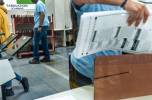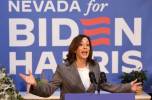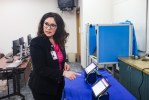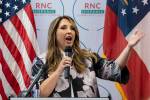Report: 2016 election polls were ‘generally correct’
WASHINGTON — Polling could be the biggest loser in the 2016 presidential election. Pundits and professional prognosticators seized on polling data to make predictions that turned out to be utterly wrong — such as that Hillary Clinton had a 71 percent to 99 percent chance of winning the White House. So after the surprise election of President Donald Trump, a pollster association explored why surveys got Trump’s win so very wrong.
After looking into the data, the American Association for Public Opinion Research found that while yes, Americans feel that the polls got it wrong, “national polls were generally correct and accurate by historic standards.” Collectively, national polls gave Clinton a 3 percentage-point edge; she won the popular vote by 2 percentage points.
The report, however, did find fault with state-level polls that were supposed to provide insight into “the contest that actually mattered, the Electoral College.” Polls indicated Clinton would win Pennsylvania, Michigan and Wisconsin. Instead, Trump won all three.
The group’s report cited three reasons. One, some 13 percent of voters in Wisconsin, Florida and Pennsylvania decided how they would vote during the race’s final week — and most of those late voters broke for Trump.
Two, college-educated individuals are more likely to agree to participate in polls, but some polling firms did not recalibrate their findings to adjust for the true voting population.
Three, some Trump supporters might have been “Trump shy” — that is, they didn’t want to broadcast their likely vote to pollsters. It also is not clear if these “late-revealing” voters were shy because they supported Trump, or because they were late deciding.
Problem of perception
Courtney Kennedy of the Pew Research Center, who worked on the report, sees part of the problem as one of perception. It is important “to make a distinction between the people who collect the data and the people who aggregate the data.”
Heaving read the report, California pollster Jonathan Brown argued that some of the blame belongs with the news media, especially cable news. “The polls are a snapshot in time,” Brown said. “Their predictive powers are vastly over-stated by a news media that by the nature of its business model is just looking for content and sources of debate.”
As a result, Brown added, “There’s a breaking news chyron every time a poll is released” — and shoddy polls “get equal treatment” with carefully researched surveys.
The report found no partisan favoritism. If the 2016 polls under-estimated the Trump vote, polls in 2000 and 2012 under-estimated support for the Democratic nominees.
The pollsters did not try to figure out the role, if any, of “herding” — the practice of pollsters teasing their numbers to line up with other polls. The practice exists, Brown has explained, because some pollsters believe that it’s “better to be wrong with everyone” than to be wrong alone.
The problem with herding, statistical analyst Nate Silver wrote in 2014 “is that it’s sometimes a case of the blind leading the blind.” (Silver, by the way, gave Clinton a 71 percent chance of victory on election day, as pundits ridiculed him for going wobbly on a sure thing.)
Kennedy noted there is a fair amount of evidence to suggest that herding is real and she expects someone to research whether the practice had a role in 2016. She added, “For what it’s worth, we were a committee of 13 unpaid volunteers with a strict timetable.”
Unanswered questions
Some questions cannot be answered. The pundits and the public believed Clinton was a shoo-in for president. What would have happened if voters believed Trump had a better chance of winning? Maybe the outcome would have been the same, maybe not.
Democratic strategist Maria Cardona said, “I always cautioned people and warned Hillary Clinton supporters not to think that she was a shoo-in.” The campaign considered that belief a curse. “I always knew that was going to be a very difficult narrative to overcome.”
Then again, the Clinton campaign appears to have bought into the shoo-in scenario in its fashion. Clinton failed to visit Wisconsin, as she believed the Midwest would hold the Democrats’ “blue wall” — only to watch the state give its 10 electoral college votes to Trump, the first GOP nominee to take Wisconsin since 1984.
Contact Debra J. Saunders at dsaunders@reviewjournal.com or at 202-662-7391. Follow @DebraJSaunders on Twitter.
Predictions
About those predictions that Clinton was 90 percent likely to win… However well-intentioned these predictions may have been, they helped crystalize the belief that Clinton was a shoo-in for president, with unknown consequences for turnout. While a similar criticism can be leveled against polls – i.e., they can indicate an election is uncompetitive, perhaps reducing some people's motivation to vote – polls and forecasting models are not one and the same. As the late pollster Andrew Kohut once noted (2006), "I'm not a handicapper, I'm a measurer. There's a difference."
— Association of Public Opinion Research



